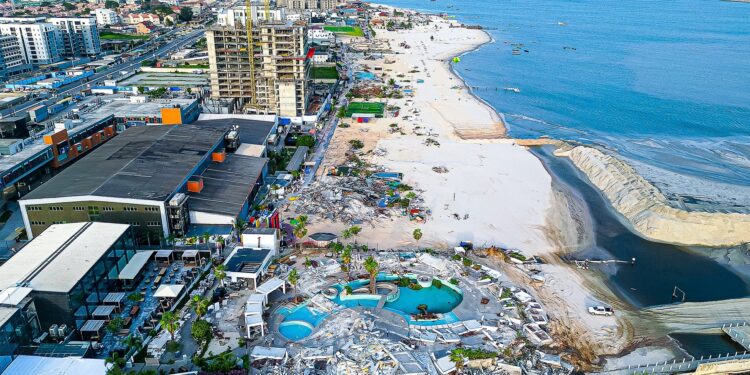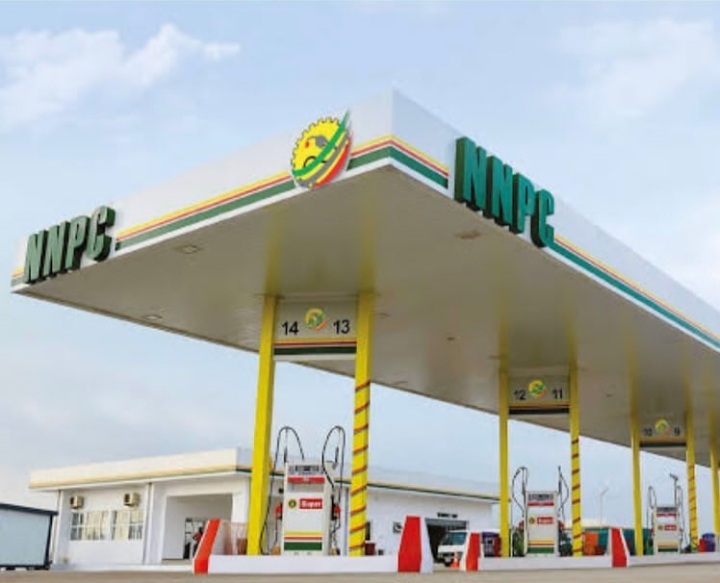On Monday, a portion of Landmark Beach on Victoria Island, Lagos was destroyed to make room for Nigeria’s largest public infrastructure project, the Lagos-Calabar Coastal Highway.
This is true even if some people have expressed outrage about the loss of possible careers and sources of income.
While defending the demolition, Minister of Works Dave Umahi pointed out that it was essential because the historic centre was situated on federal government property.
The minister had previously promised that “permanent structures” would remain untouched and that only 50 metres of the shoreline and a few shanties would be destroyed as part of the coastal highway project’s design.
Photographs taken during the destruction revealed that other buildings along the seaside, such as cabanas and football fields, had been demolished. The centrally placed Breeze Beach Club was also demolished.
In response to the experiment, Landmark Africa, the parent business of the beach, posted on X with the subject line, “What we built in six years was destroyed in six hours,” presumably referring to their $200 million investment that was reduced to rubble. But they said they would return.
Remember that Paul Onwuanibe, the owner of Landmark, had previously begged the government to shift the construction of the coastal road back to its original alignment prior to it being moved to the seashore.
He added that the original plan will not only save the government money and personnel, in addition to saving enterprises that the updated plan will destroy.
The seaside road’s initial course was Water Corporation Road. You had the image on your screen, after all, and it was very obvious what the two feeder lanes were, what the Water Corporation Road was, and where the medium was supposed to be located.
The beach, the sea, and Landmark are the next three locations. Water Corporation Road was the original routing. Therefore, it would operate on Landmark’s beach side rather than its land side, he told Arise TV.




